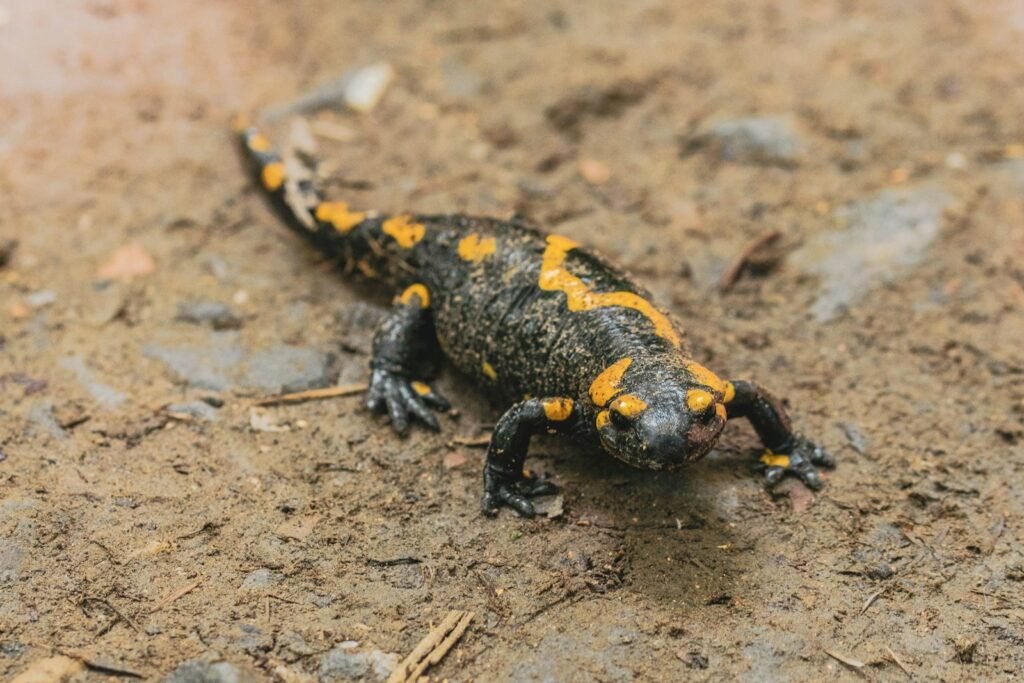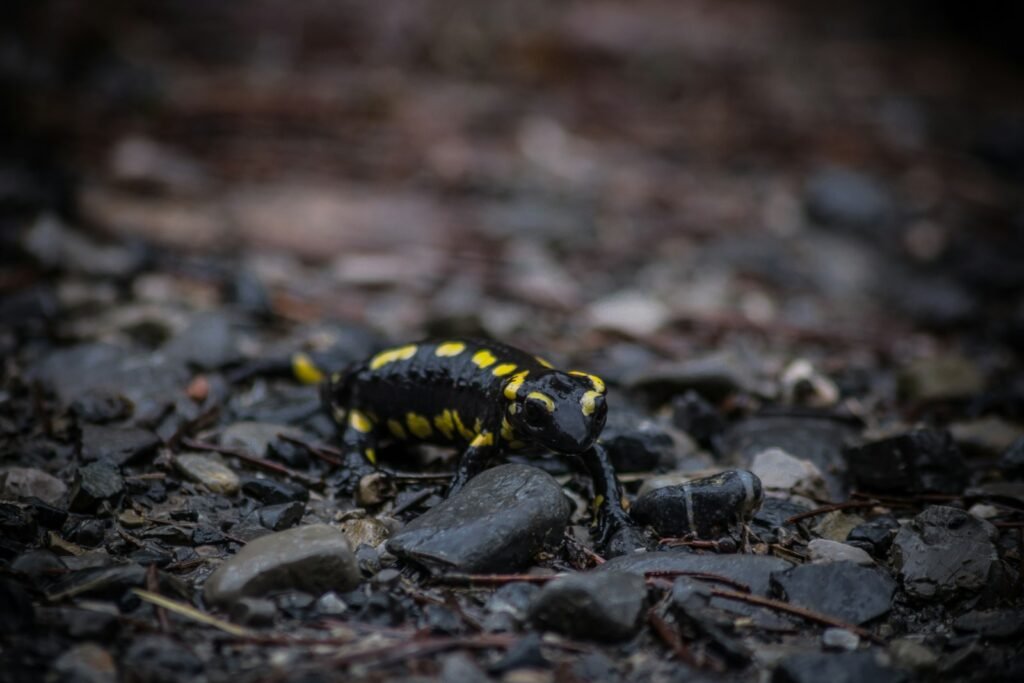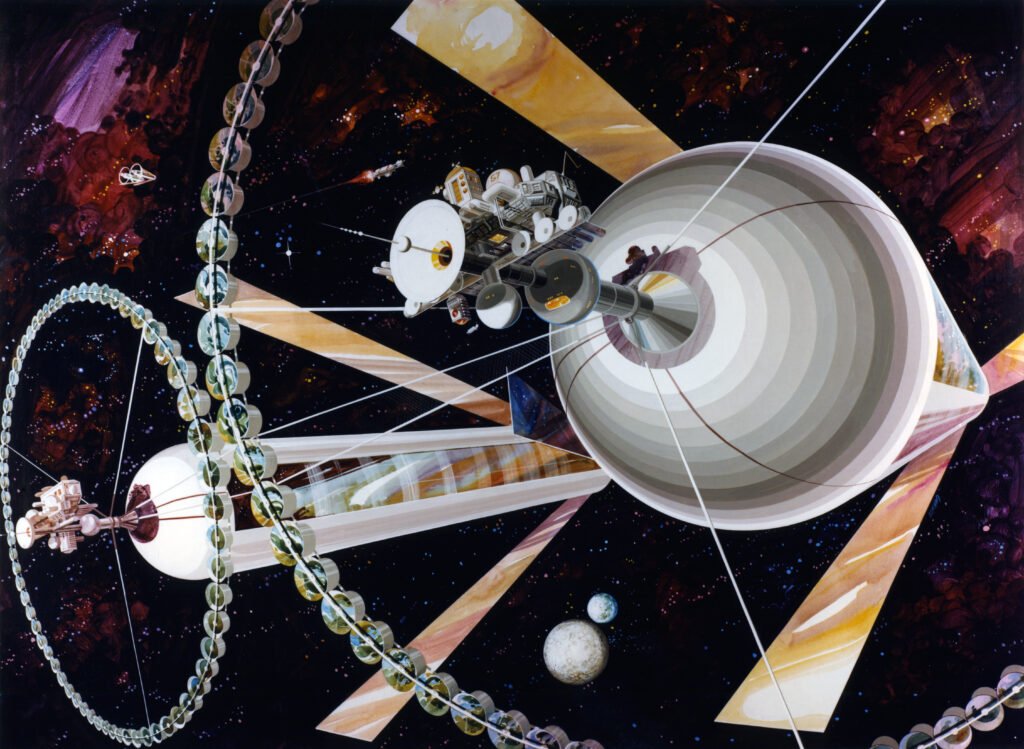Imagine a creature that can lose part of its brain and grow it back, as if nothing ever happened. It almost sounds like something out of a fantasy novel or a superhero comic. Yet, this is the astonishing reality for certain salamanders, especially the remarkable axolotl. These gentle amphibians hold secrets in their DNA that have baffled and inspired scientists for generations. As we uncover the story behind their incredible powers of regeneration, we step into a world where nature’s limits are pushed to the edge—and perhaps, where the future of medicine could be rewritten.
The Salamander: Nature’s Regeneration Miracle

Salamanders have long been the poster child for regeneration in the animal kingdom. From growing back lost tails to restoring entire limbs, they seem almost indestructible. But what truly sets some species apart is their ability to regrow parts of their spinal cord and even their brain. The axolotl, with its feathery gills and wide, curious eyes, is the superstar among regenerators. Unlike humans, who heal with scars, salamanders can replace complex tissue with nearly perfect replicas of the original. This ability is not just rare—it’s virtually unique among vertebrates, making salamanders the focus of intense scientific fascination.
What Happens When a Salamander’s Brain Is Injured?
When a salamander suffers a brain injury, the process of healing isn’t just about patching up damage. Instead, it’s about true regeneration—the creation of new, fully functional brain tissue. Within days of injury, specialized cells rush to the site. These cells, often compared to stem cells in humans, begin dividing rapidly. Remarkably, they can grow into any type of brain cell required, from neurons that transmit signals to glial cells that provide support. Over weeks, the missing part of the brain is rebuilt, restoring lost functions and leaving little trace of the injury. It’s as if the salamander’s brain has a blueprint for self-repair—a capability that humans can only dream of.
The Genetic Blueprint Behind Regeneration
What makes this feat possible? It all comes down to genetics. Studies have shown that the salamander genome is enormous—ten times larger than that of humans. Hidden within this vast genetic code are powerful instructions for regeneration. After injury, certain genes are switched on, activating pathways that allow mature cells to revert back to a more flexible, youthful state. These genes orchestrate the growth of new tissue, guiding cells to divide, migrate, and form the right structures. Scientists have pinpointed clusters of genes, such as those related to the “Wnt” and “MAPK” signaling pathways, which are essential for controlling regeneration. Understanding these genetic instructions is like decoding a biological symphony, one that holds the secrets to healing.
Stem Cells: The Architects of Renewal
At the heart of regeneration are stem cells—nature’s ultimate shape-shifters. In salamanders, certain adult cells can become “regeneration-competent” after injury. This means they lose their specialized identity and become more like stem cells again, ready to build whatever the body needs. For example, when part of the brain is lost, these cells can transform into new neurons or support cells, depending on the requirements of the brain. This ability to rewind their biological clock sets salamanders apart from mammals, whose adult cells are far less flexible. The efficiency and precision of this process are nothing short of astonishing.
The Role of the Immune System

Regeneration isn’t just about growing new cells—it’s also about controlling inflammation and preventing scarring. Salamanders have a unique immune response that works in harmony with regeneration. While the human immune system tends to form scar tissue after injury, which can block regeneration, the salamander’s immune system actually supports the process. Certain immune cells clear away debris and release signals that encourage growth, rather than shutting it down. This careful balance allows for regeneration to occur without the interference of fibrous, non-functional tissue. It’s a dance between destruction and creation, choreographed by millions of years of evolution.
How Axolotls Became Regeneration Superstars
The axolotl, native to Mexico’s lakes, has become the face of regeneration research. Unlike most amphibians, axolotls never undergo full metamorphosis; they remain in a juvenile state throughout their lives, a phenomenon known as neoteny. Scientists believe this might contribute to their regenerative abilities, as their tissues remain more “youthful” and adaptable. Axolotls can regrow not just their limbs but also their jaw, spinal cord, retina, and even large parts of their brain. Their willingness to heal and regenerate, combined with their docile nature, has made them invaluable in laboratories around the world. It’s no wonder they’ve captured the imagination of both scientists and animal lovers alike.
Comparing Salamander Regeneration to Human Healing

Humans and salamanders share many of the same basic building blocks, genetically speaking. Yet, when it comes to injury, our bodies react in fundamentally different ways. After a brain injury, the human body is quick to form scar tissue, which can block the regrowth of neurons and permanently impact function. In contrast, salamanders replace lost cells with new, working tissue. This key difference is what separates regenerative superstars from the rest of the animal kingdom. By studying salamanders, researchers hope to learn how to encourage similar healing responses in humans, potentially transforming the future of medicine.
The Challenges of Translating Regeneration to Humans
Unlocking the secrets of salamander regeneration is no easy task. One major challenge is the complexity of the salamander genome, which is both vast and difficult to interpret. Another hurdle is the difference in immune systems and cell behavior between salamanders and mammals. Even if we can identify the key genes and pathways, safely activating them in humans without unintended consequences is a monumental task. Still, the promise is too great to ignore. Each discovery brings us one step closer to therapies that could help people recover from devastating injuries.
Potential Medical Breakthroughs Inspired by Salamanders
The dream of harnessing salamander-like regeneration in humans is not just science fiction. Already, research inspired by these creatures is leading to new approaches in stem cell therapy, wound healing, and even treatments for neurological diseases. For example, scientists are experimenting with ways to coax human cells into a more regenerative state by mimicking salamander genes. Early trials have shown promise in regenerating tissues in mice and other animals. The hope is that, one day, these findings could pave the way for treatments that restore lost limbs or repair damaged spinal cords in people.
What We Still Don’t Know
Despite decades of research, many mysteries remain. Scientists are still unraveling how salamanders avoid cancer while their cells divide so rapidly during regeneration. They’re also searching for the exact triggers that tell a salamander when—and how much—to regrow. Not every species of salamander can regenerate to the same extent, and even within species, age and environment play a role. Each new discovery seems to open up even more questions, fueling a sense of wonder and excitement in the scientific community.
The Future of Regeneration Research
As technology advances, the tools available to study salamanders become ever more sophisticated. Single-cell sequencing, gene editing, and live imaging are revealing new details about how regeneration works, down to the tiniest molecular interactions. International teams are collaborating to map the salamander genome and identify the most important genes for regeneration. There is a growing sense that we are on the brink of major breakthroughs—ones that could change how we think about healing, injury, and even aging itself.
The Enduring Mystery and Hope of Regeneration

The story of the salamander is a testament to nature’s boundless creativity and resilience. Their ability to regrow their brains challenges our understanding of biology and gives hope for a future where catastrophic injuries might not be permanent. As we look to these remarkable animals for inspiration, we are reminded that the line between science fiction and reality is often thinner than we think. What secrets still lie hidden in the salamander’s DNA, waiting to be discovered by curious minds?



